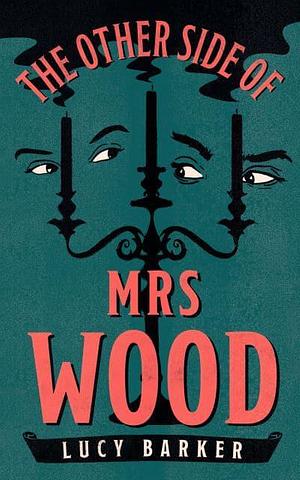In 1873 London, Mrs. Wood is the most successful medium in society. She is worried about the future, though, because her patrons are getting older and at 40, she doesn’t seem to be appealing to the younger folks. To make things worse, Mr. Larson, who takes care of her money, has just informed her that a large investment in a mine has been lost. Things are going to be tight until some ships he invested in arrive.
Mrs. Wood cuts where she can, but unfortunately her profession requires her to have an appearance of respectable wealth.
A girl has been hanging around outside her meetings, which are invitation only. When Mrs. Wood catches her, a Miss Finch, she learns that Miss Finch would like to become her student. She says she has some talent. Without consulting her friend and assistant, Miss Newman, Mrs. Wood decides to take her on, thinking that as a young, attractive girl, she will attract younger patrons.
Miss Newman distrusts Miss Finch, but Mrs. Wood goes ahead with her plans, even excusing some costly mistakes that Miss Finch makes. What she doesn’t know is that Miss Finch’s intentions are bad ones and that she knows more about Mrs. Wood’s past than Mrs. Wood thought anyone knew.
Without remembering any synopsis of this novel, I immediately distrusted Miss Finch, getting a growing feeling of dread that stalled me a bit in my reading. I also felt that the middle part of the novel went on a bit too long. However, when Mrs. Wood pulls herself together, the culmination is very satisfying. I think the very end of the book, though, was a bit unbelievable.
If you read my blog, you know I’m a stickler for accuracy in a historical novel, although not an expert in the details. However, just as a side note, Barker uses the word “twee” on page two, not in conversation but in the main character’s thoughts. I thought that seemed like a modern word, so I looked it up. Sure enough, it was not in use until 1905. Oops!











